Did you know that some of the most reliable guardians are also the quietest dogs in the room? Many people imagine protection as loud barking and constant alerts, but some breeds create a safe space through calm confidence and steady awareness.
These dogs don’t rely on noise to keep a watchful eye on their surroundings. Instead, they use instinct, loyalty, and thoughtful observation to create a sense of security. Whether you want a peaceful home, live in a shared building, or simply prefer a companion with a balanced temperament, quiet and protective breeds offer a unique blend of gentleness and reliability.
They are often easy to live with, sensitive to their families, and quick to respond when something truly matters. Exploring these breeds reveals just how seamlessly strength and serenity can fit into everyday life, especially for people who value both comfort and safety.
Quiet and Protective Dog Breeds for a Safe Space
1. Akita
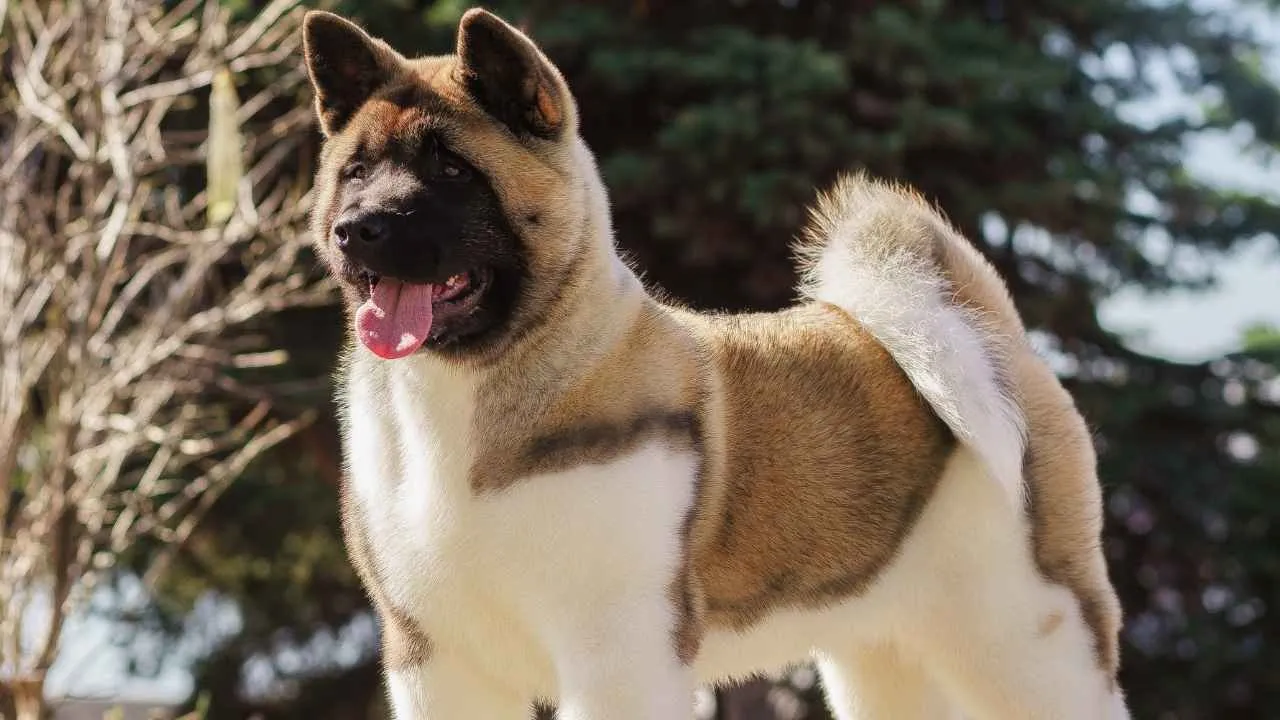
The Akita is a powerful, sturdy dog with a broad head, dense double coat, and confident posture. Its appearance reflects a blend of strength and dignity, shaped by its origins in northern Japan.
According to the AKC, Akitas are naturally protective and deeply loyal to their families. They often remain quiet yet aware, stepping in decisively when they sense a real need for attention or action.
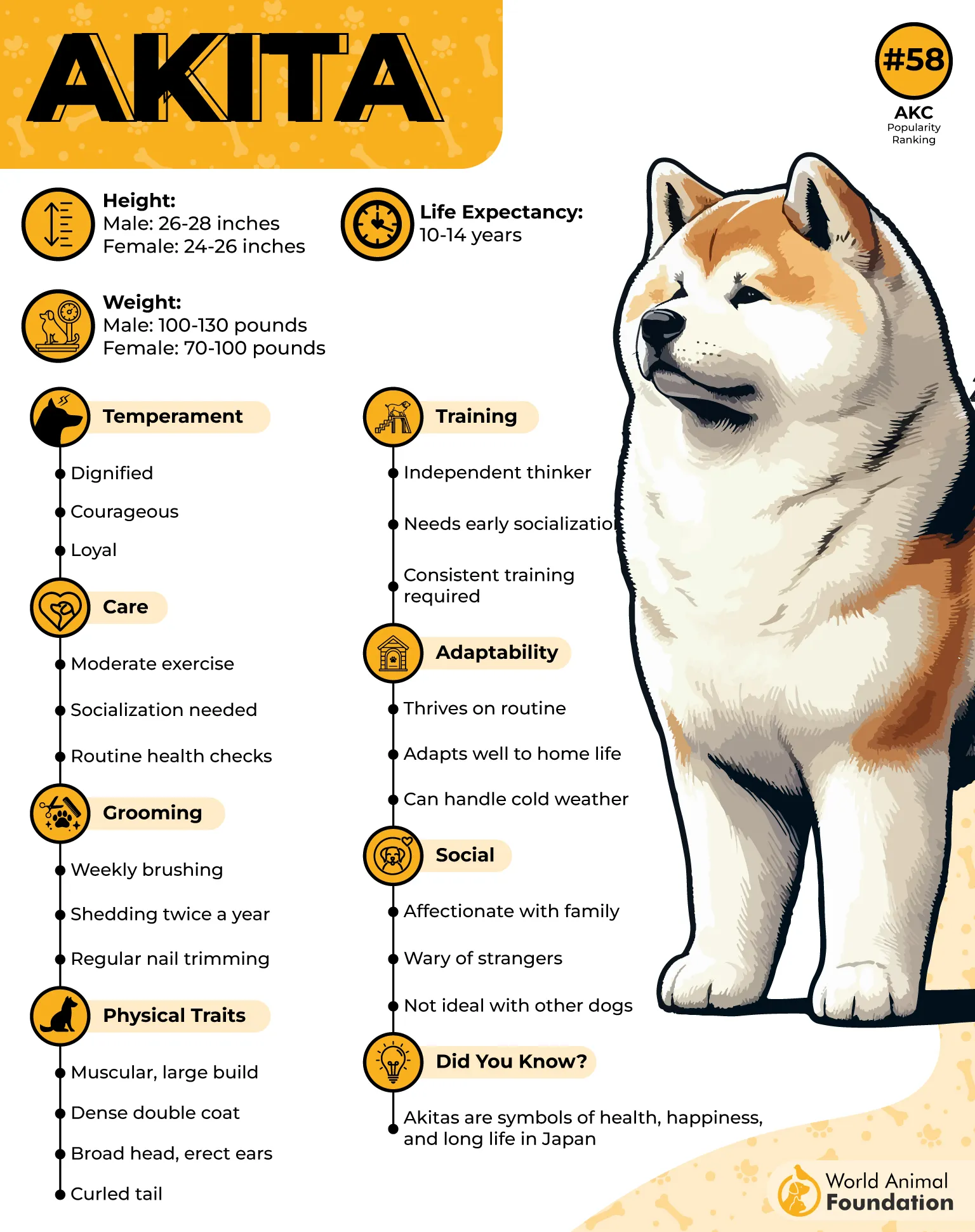
Their thick coat suits cooler climates, and owners must be mindful of overheating during warm seasons. Regular brushing helps maintain the coat’s health and manage seasonal shedding.
Training an Akita requires consistency, calm leadership, and early socialization. Their independent nature means they respond best to structured environments with clear expectations.
With adult weights commonly ranging up to 130 pounds, Akitas need owners who can manage their size and energy. When raised thoughtfully, they offer steadfast companionship and composed vigilance.
Fun Fact
In Japan, Akitas are symbols of good fortune and long life. Families traditionally give small Akita figurines to celebrate newborns or offer support during recovery.
2. Chow Chow
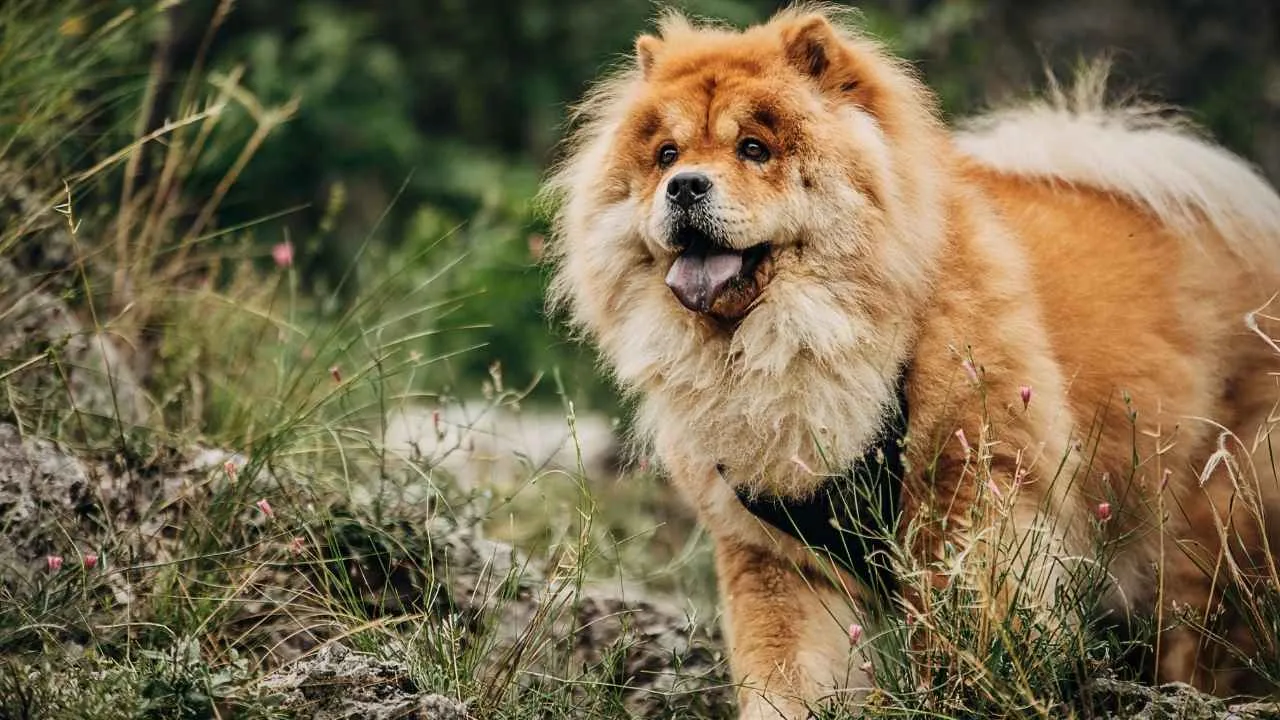
The Chow Chow stands out with its dense mane-like coat, compact build, and upright ears that give it a distinctive profile. Its somewhat stilted gait and broad skull further define its unique silhouette.
One of the most fascinating traits of the Chow Chow is its blue-black tongue. This rare feature appears early in puppyhood and remains throughout adulthood.

As per Britannica, Chow Chows tend to be independent and dignified in the home. They may be reserved with newcomers, yet form deep bonds with the people they trust.
Their heavy double coat provides insulation but needs regular grooming to prevent mats. Owners should be prepared for seasonal shedding and consistent brushing.
With the right environment and proper training and socialization, Chow Chows become steady, loyal companions. Their calm demeanor appeals to families who appreciate a dog with quiet confidence and minimal vocalization.

Fun Fact
The Chow Chow is one of the world’s oldest dog breeds, with origins believed to trace back to ancient northern China. Its blue-black tongue has long been a hallmark trait.
3. Bullmastiff
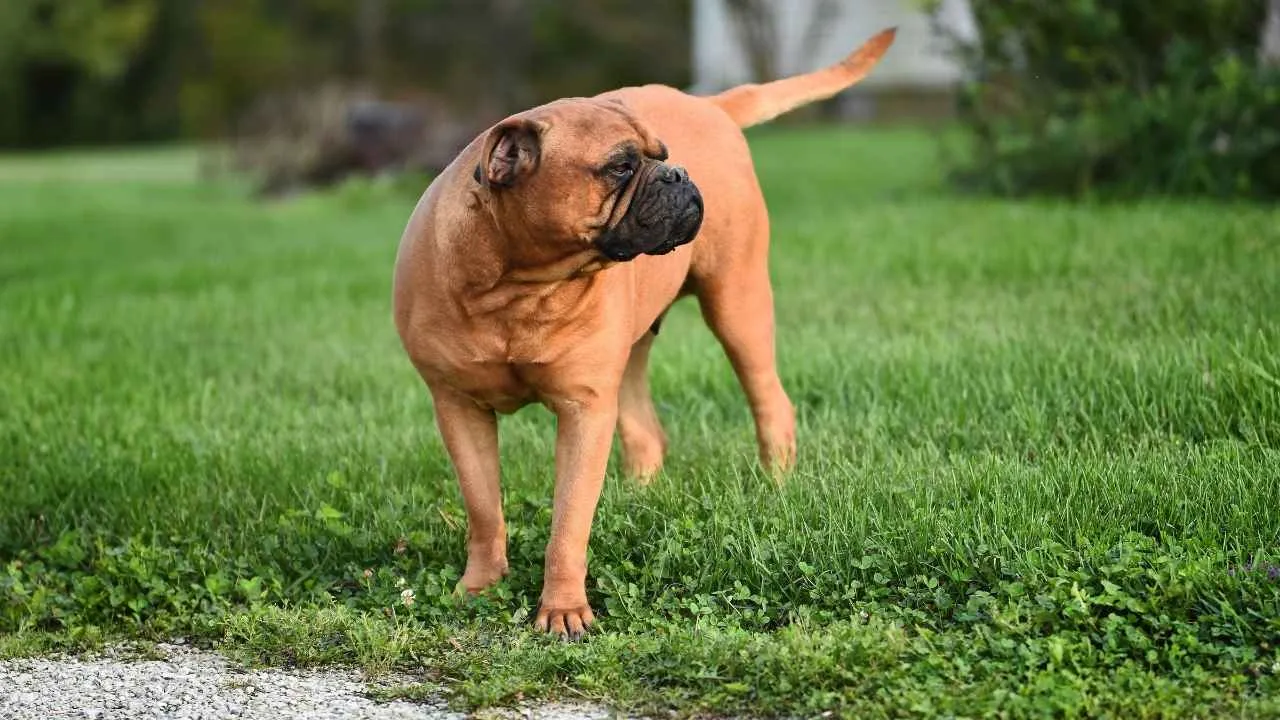
The Bullmastiff is a large, muscular dog developed for strength and presence. Its short coat, wide chest, and solid frame reflect its early purpose as a guardian of English estates.
Bred by combining Mastiffs and Bulldogs, the Bullmastiff became known for its ability to work quietly and confidently. It was valued for tackling intruders without excessive barking.

Despite its imposing size, the Bullmastiff often shows a gentle, affectionate side toward family members. Its calm nature makes it manageable when properly trained.
As per WebMD, exercise needs are moderate, and steady daily routines generally keep this breed content. Too little activity can lead to restlessness, while too much may strain their joints.
As a guardian, the Bullmastiff offers reliable protection through presence and awareness rather than noise. Families who appreciate calm strength often find this breed highly rewarding.
Fun Fact
Bullmastiffs were known as “Gamekeeper’s Night Dogs,” prized for their ability to track and hold intruders silently on large estates.
4. Newfoundland
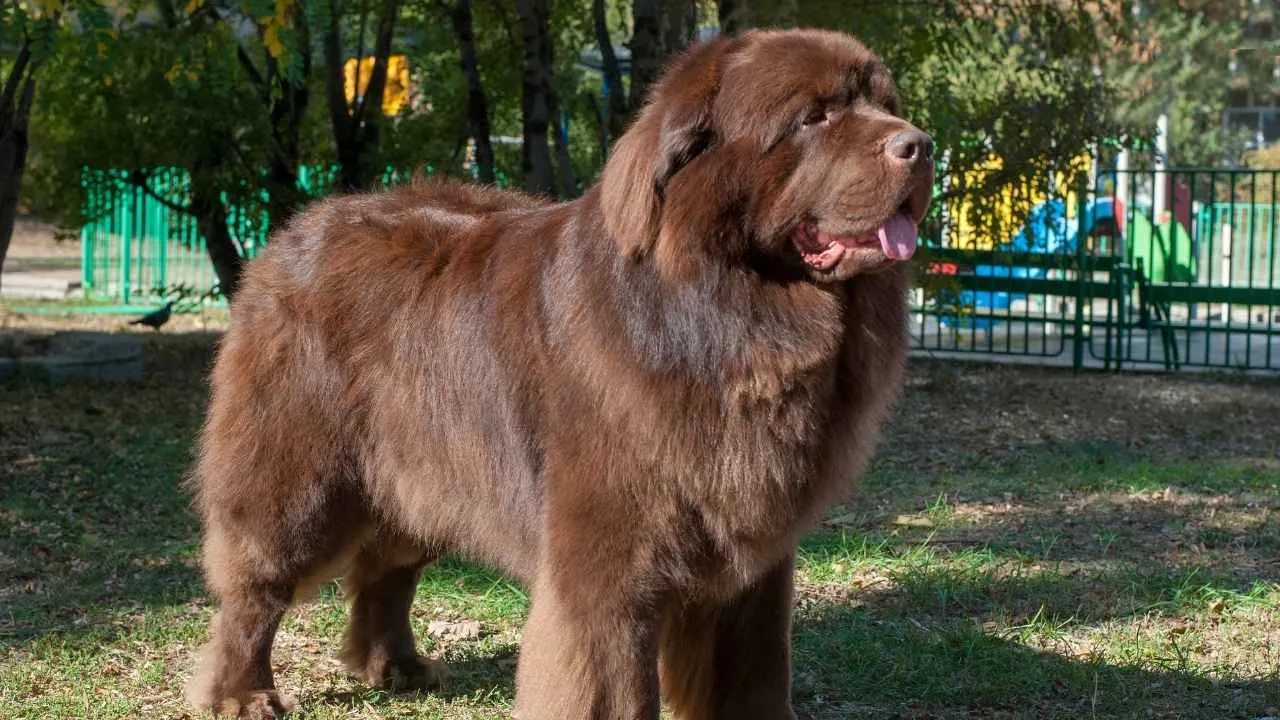
The Newfoundland is a large dog breed with a gentle face, heavy bone structure, and a thick water-resistant coat. Its size and calm expression create an impressive yet comforting presence.
Known for their sweet nature, Newfoundlands often excel in family homes. They are patient with children and typically get along well with other pets.
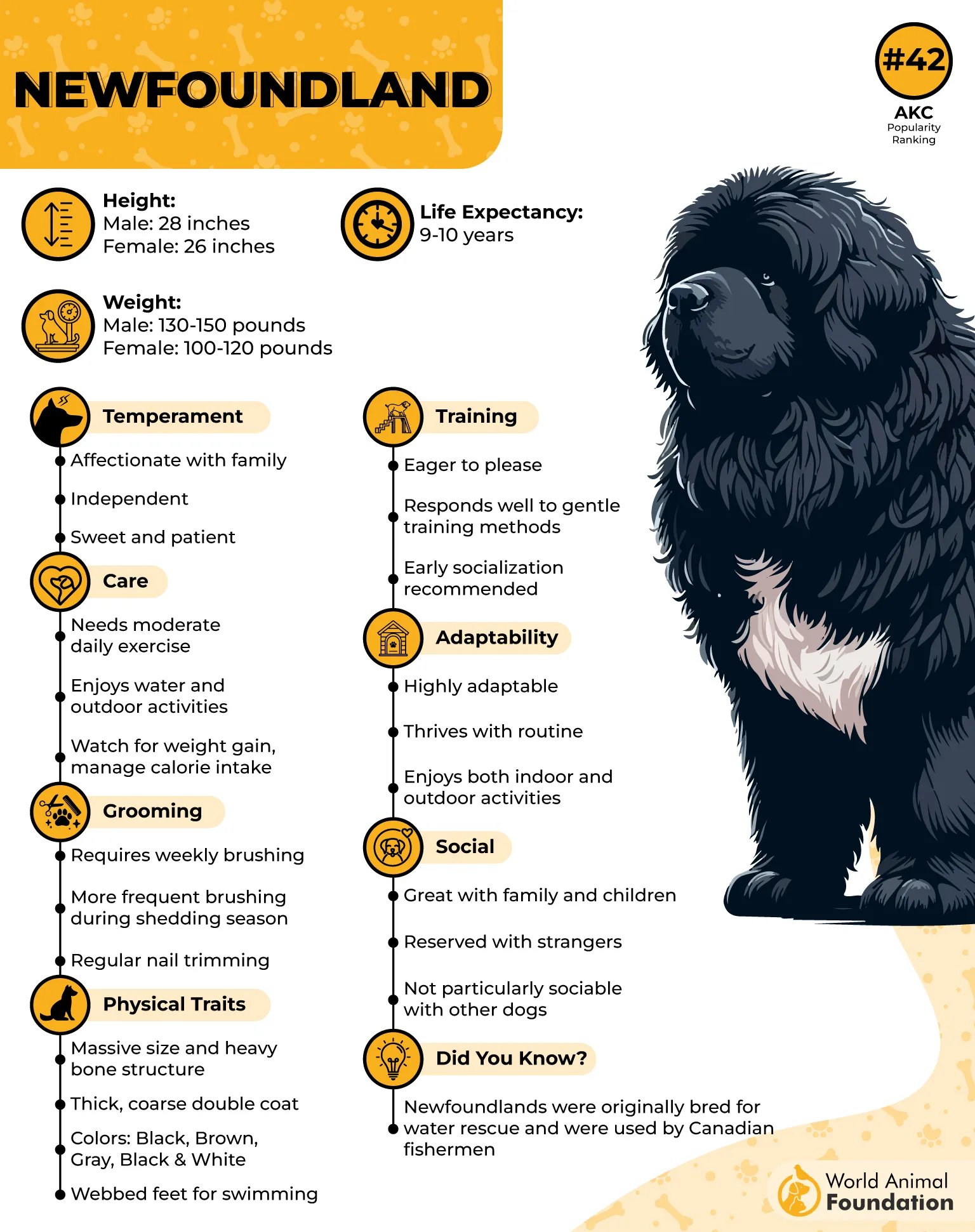
Their protective qualities come from instinct rather than aggression. A Newfoundland’s steady temperament allows it to act with calm purpose when needed.
This breed enjoys swimming and water-based activities, reflecting its history as a water-rescue dog. Regular exercise, especially in cooler conditions, helps maintain its health.
Newfoundlands thrive in homes that can accommodate their size and grooming needs. This calm dog breed with a warm, affectionate personality creates a peaceful atmosphere wherever they live.
Fun Fact
Newfoundlands possess webbed feet and remarkable swimming ability, enabling them to perform lifesaving water rescues throughout history.
5. Rhodesian Ridgeback

The Rhodesian Ridgeback is an athletic, sleek dog recognized by the ridge of backward-growing hair along its spine. Its balanced proportions and strong muscles give it a commanding but graceful appearance.
Originally bred in Africa to track lions, the Ridgeback developed impressive endurance and a steady, observant nature. This history explains its calm confidence in new environments.

While affectionate with family, Ridgebacks often remain reserved around unfamiliar people. Their protective instincts emerge quietly, relying on alertness rather than vocal behavior.
Their short coat requires minimal upkeep, making grooming easy for most homes. Regular exercise supports their stamina, helping them channel energy in healthy ways.
This breed thrives with experienced owners who can guide its independent mindset. With proper training, the Ridgeback becomes a reliable guardian and a loyal household companion.
Fun Fact
The signature ridge on the Rhodesian Ridgeback’s back appears due to a unique strip of hair that grows in the opposite direction from the rest of the coat.
6. Saint Bernard

The Saint Bernard is a giant working breed known for a massive frame, broad head, and expressive, gentle eyes. Its thick coat and powerful build highlight its heritage as a mountain rescue dog.
These dogs have a famously kind temperament, especially toward children. Their patience and calm approach make them well-suited for families seeking a gentle presence.
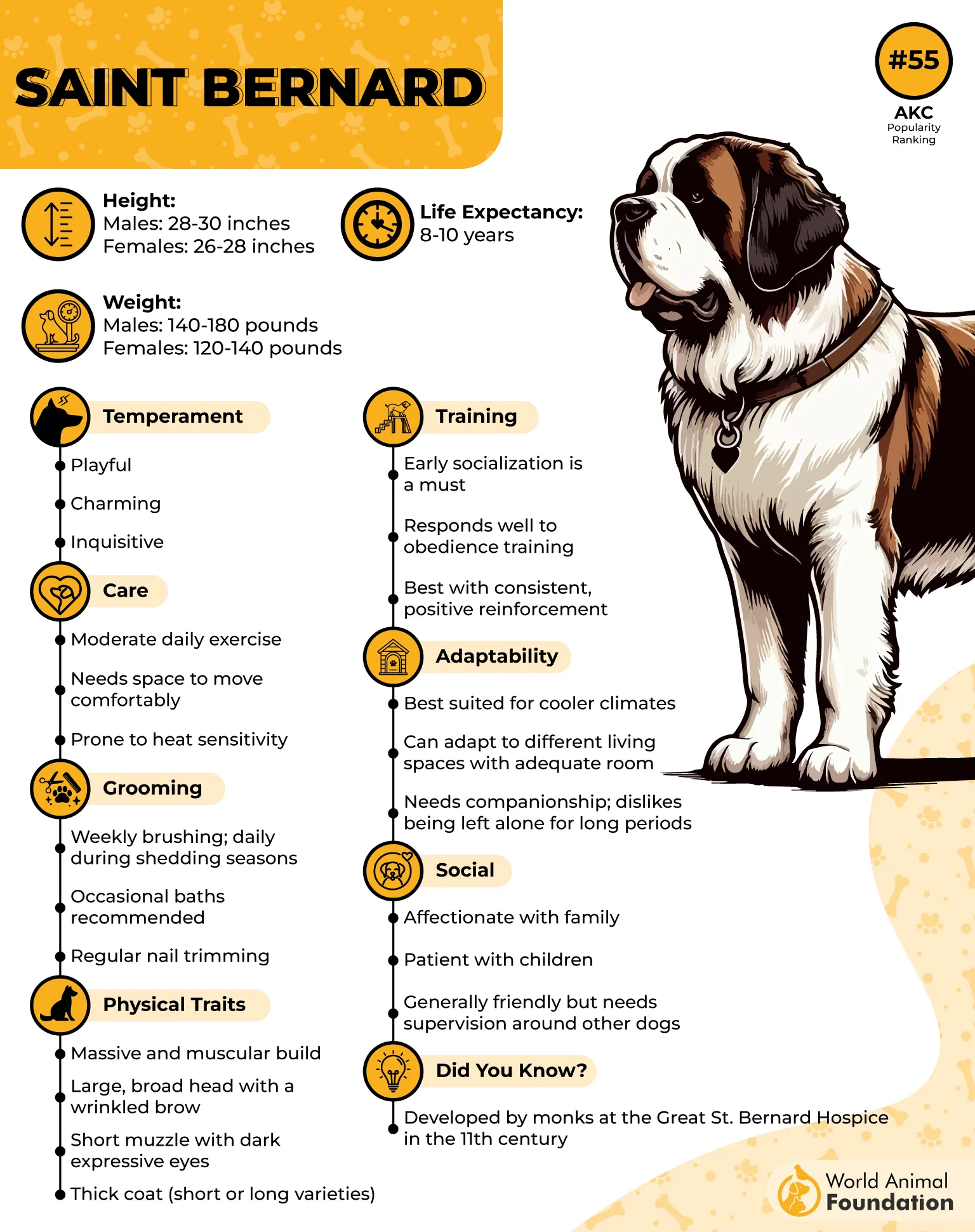
Saint Bernards are naturally watchful and protective, though they rarely rely on loudness. Their sheer size and attentive demeanor often provide reassurance on their own.
Because of their substantial build, Saint Bernards require steady but moderate activity to maintain healthy joints. Grooming needs vary depending on coat type, but regular brushing keeps shedding manageable.
Their affectionate nature helps them fit comfortably into households that can support their size. When treated with care, they offer warmth, loyalty, and a serene personality.
Fun Fact
Saint Bernards gained fame for rescuing lost travelers in the Swiss Alps, using their strength, endurance, and keen sense of direction to locate people buried in snow.
7. Doberman Pinscher
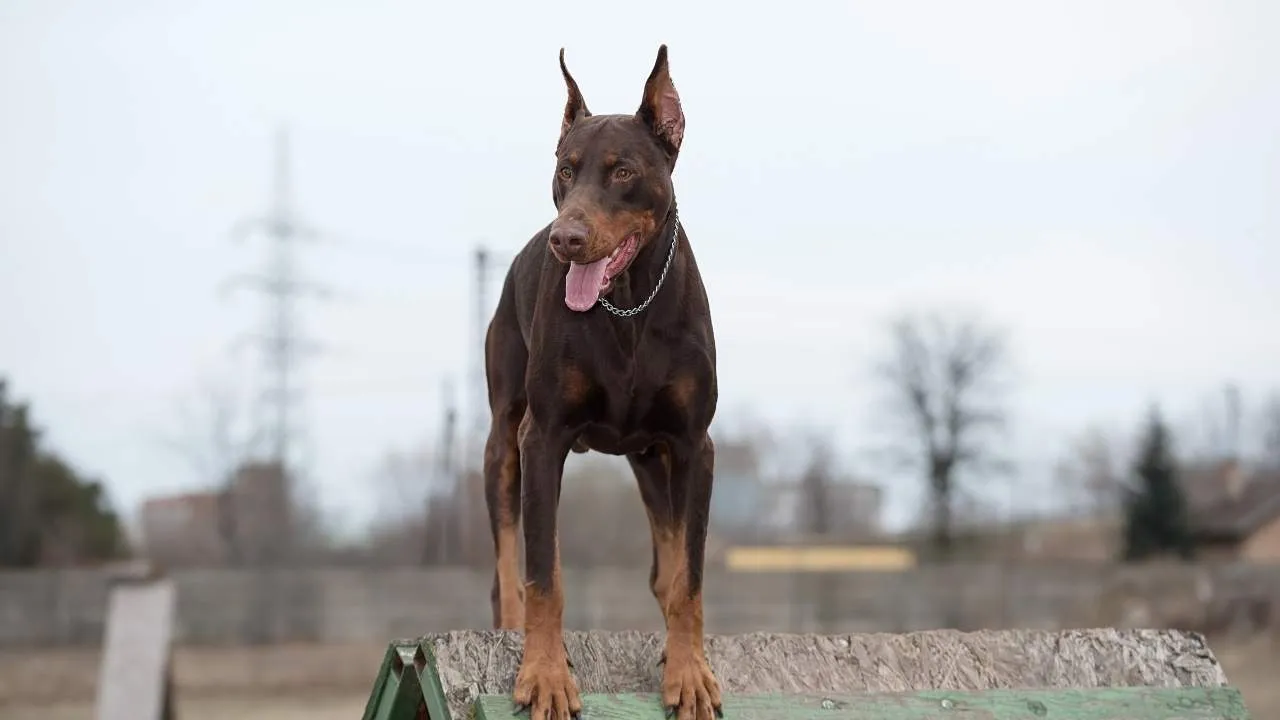
The Doberman Pinscher is a sleek, powerful breed with a streamlined body and alert posture. Its elegant build reflects speed, precision, and keen awareness.
Dobermans are widely recognized for their guarding abilities, often combining intelligence with strong loyalty to their families. They are known for acting swiftly and thoughtfully when protection is needed.
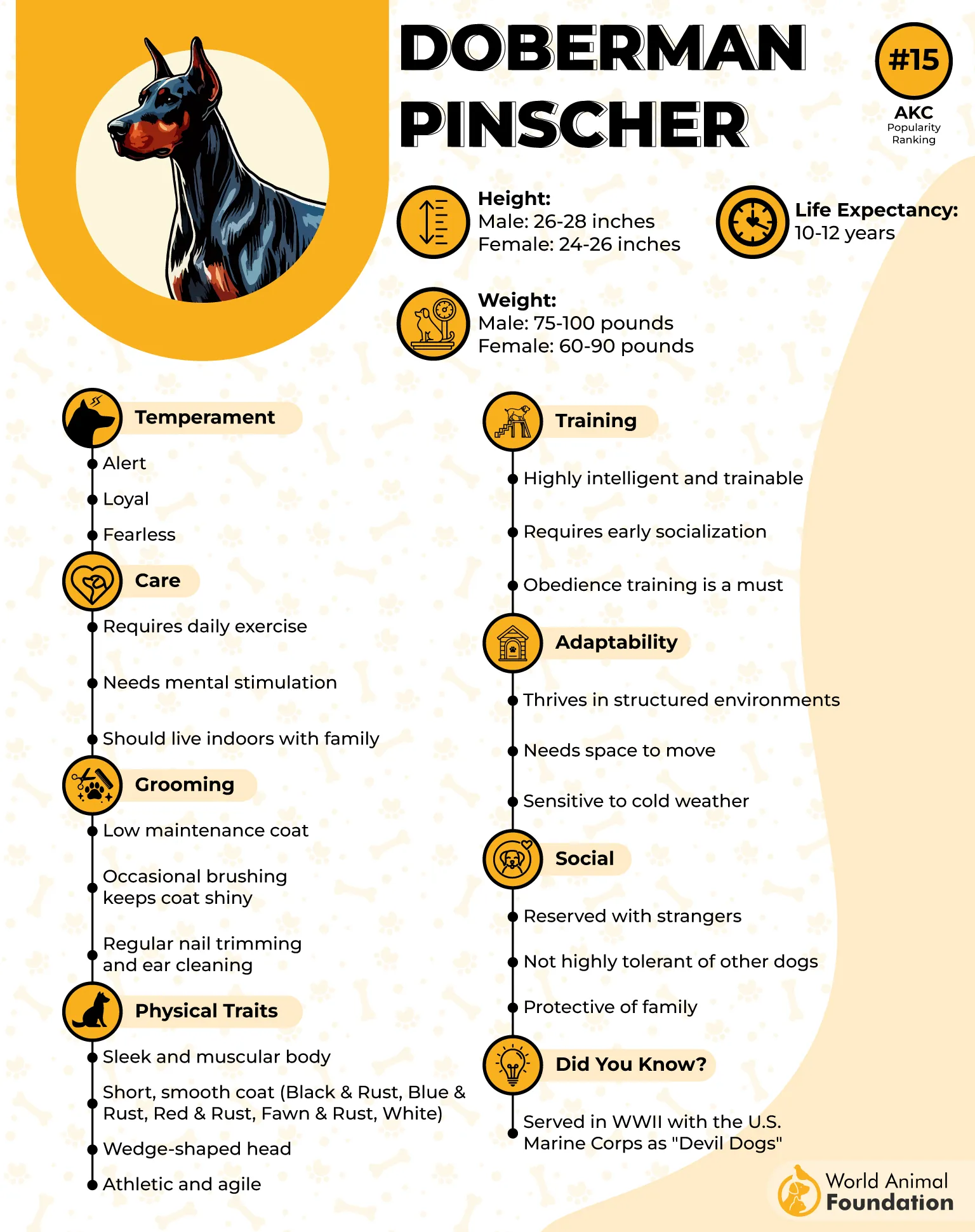
Despite their reputation, well-raised Dobermans tend to be quiet and composed, barking primarily with purpose. Their steady demeanor makes them surprisingly suitable for homes seeking vigilant but peaceful dogs.
Daily exercise helps maintain their athletic condition, and mentally engaging activities keep them focused and satisfied. Their smooth coat also requires very little grooming effort.
With proper training, positive reinforcement, and consistent leadership, the Dobermans become one of the best guard dog breeds as well as devoted companions. Their balance of confidence and affection appeals to owners who value structure and loyalty.
Fun Fact
Dobermans were originally developed by a tax collector in Germany who wanted a brave, trainable dog capable of providing personal protection during long routes.
Conclusion
Quiet and protective dog breeds for a safe space offer a perfect balance of calm behavior, strong guarding instincts, and a natural instinct to protect loved ones. Many dog breeds with excellent guard dog traits remain even-tempered, highly intelligent, and extremely loyal when given proper socialization, early training, and consistent training.
Their protective nature, ability to deter intruders, and physically imposing presence make them excellent guard dogs for dog owners seeking effective protection without constant noise. With the right dog, guidance, boundaries, and exercise and mental stimulation, these protection dogs become great family companions that adapt well to family life, other animals, and apartment living while staying fiercely loyal.
Other dog breeds recognized by the American Kennel Club, such as the German Shepherd, Great Pyrenees, Giant Schnauzer, Great Danes, Belgian Shepherd, Belgian Malinois, French Bulldog, Staffordshire Bull Terrier, and Bernese Mountain Dogs, are also known for being great family guard dogs, smartest breeds, or gentle giant types that protect their territory and flock with confidence.


